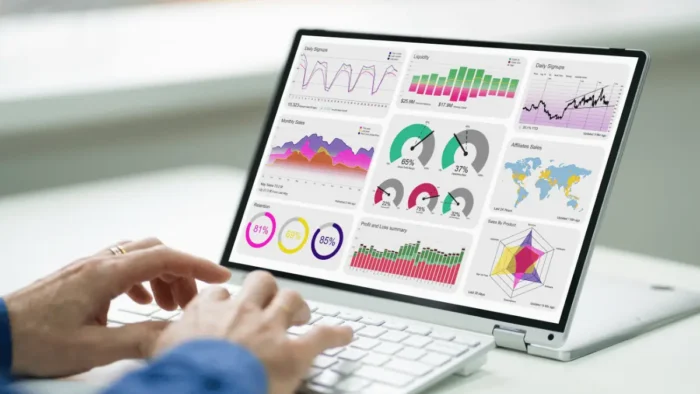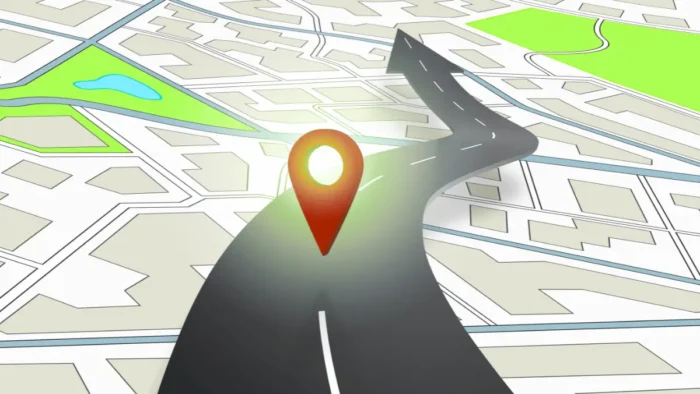In today’s fast-paced and highly competitive business landscape, staying ahead of the curve is essential for success. Real-Time Location Systems (RTLS) have emerged as a powerful technology that can revolutionize how businesses operate. RTLS provides a precise and real-time view of an organization’s location and movement of assets, employees, and resources.
In this blog post, we will delve into the world of RTLS, exploring its general principles and uncovering its myriad benefits to businesses of all sizes and across various industries.
Exploring the World of RTLS
Real-Time Location Systems, or RTLS, represent cutting-edge technology designed to track and monitor the location of objects or people in real-time. This is achieved by attaching or embedding small tracking devices, often called tags or badges, to the items or personnel that need to be monitored.
These tags communicate their location data to real time location systems via various communication technologies such as Wi-Fi, RFID, GPS, or Bluetooth. The system then processes this data, allowing businesses to visualize and manage the movement of their assets and personnel instantaneously.
Enhancing Asset Visibility and Management
One of the primary benefits of implementing an RTLS solution in a business is the enhanced visibility it provides over assets and resources. Knowing their exact location in real-time is invaluable, whether it’s valuable equipment, inventory, or even personnel. This level of visibility enables businesses to optimize asset allocation, reduce losses due to theft or misplacement, and improve overall operational efficiency.
Optimizing Inventory Management
Inventory management is a critical aspect of many businesses, particularly those in retail, manufacturing, and logistics. RTLS can play a significant role in streamlining inventory management processes. By tracking the movement of goods within a warehouse or retail store, businesses can minimize stockouts, reduce overstock situations, and ultimately improve customer satisfaction. Moreover, real-time data on inventory levels allows for just-in-time restocking, reducing carrying costs and freeing up capital.
Enhancing Workplace Safety
Workplace safety is a top priority for businesses in every industry. RTLS can contribute significantly to creating a safer work environment. For instance, in industries with heavy machinery, such as construction or manufacturing, RTLS can alert workers when they enter hazardous zones or come too close to dangerous equipment. This proactive approach to safety can prevent accidents and save lives.
Increasing Workforce Productivity
Efficiently managing a workforce is essential for any business. RTLS can help increase workforce productivity by providing insights into how employees move and interact within a workspace.
For example, in a hospital, RTLS can monitor the movements of doctors and nurses, helping to identify bottlenecks in patient care and optimize staffing levels accordingly. In an office setting, it can assist in desk and meeting room allocation, ensuring that space is used effectively.
Improving Customer Service
In the e-commerce and online shopping age, providing excellent customer service is a key differentiator. RTLS can be used to enhance the customer experience by reducing wait times and improving service efficiency.
For instance, in a busy restaurant, RTLS can track the location of waitstaff and kitchen orders, ensuring that food is delivered promptly to the right tables. A retail store can provide customers with real-time information about the location of products they’re interested in.
Streamlining Logistics and Supply Chain
Efficient logistics and supply chain operations are essential for businesses that rely on the timely movement of goods. RTLS can provide real-time visibility into the movement of products within the supply chain, from manufacturing facilities to distribution centers and retail stores. This visibility enables businesses to identify and address bottlenecks, track the status of shipments, and improve overall supply chain efficiency.
Harnessing the Power of Data Analytics

RTLS generates a wealth of data businesses can leverage to make informed decisions. By analyzing historical location data, businesses can identify patterns and trends leading to process improvements and cost savings. For example, data analysis might reveal that certain warehouse areas are consistently congested, prompting a layout redesign for better flow.
Future Possibilities with RTLS
As technology advances, the potential applications of RTLS are likely to expand. Businesses across various industries are discovering the transformative power of real-time location systems, from healthcare to retail, logistics to manufacturing. As IoT (Internet of Things) devices become more prevalent and 5G networks enable faster and more reliable data transmission, the capabilities of RTLS will only continue to grow.
Conclusion
In conclusion, Real-Time Location Systems offer many benefits to businesses seeking to optimize operations, enhance safety, and improve customer service. From asset visibility and workforce productivity to inventory management and data analytics, the applications of RTLS are diverse and impactful. As businesses continue to adapt to evolving market dynamics, RTLS is poised to play an increasingly vital role in their success. Embracing this technology can position a company as an industry leader, driving efficiency, cost savings, and greater competitiveness in today’s ever-changing business landscape.





